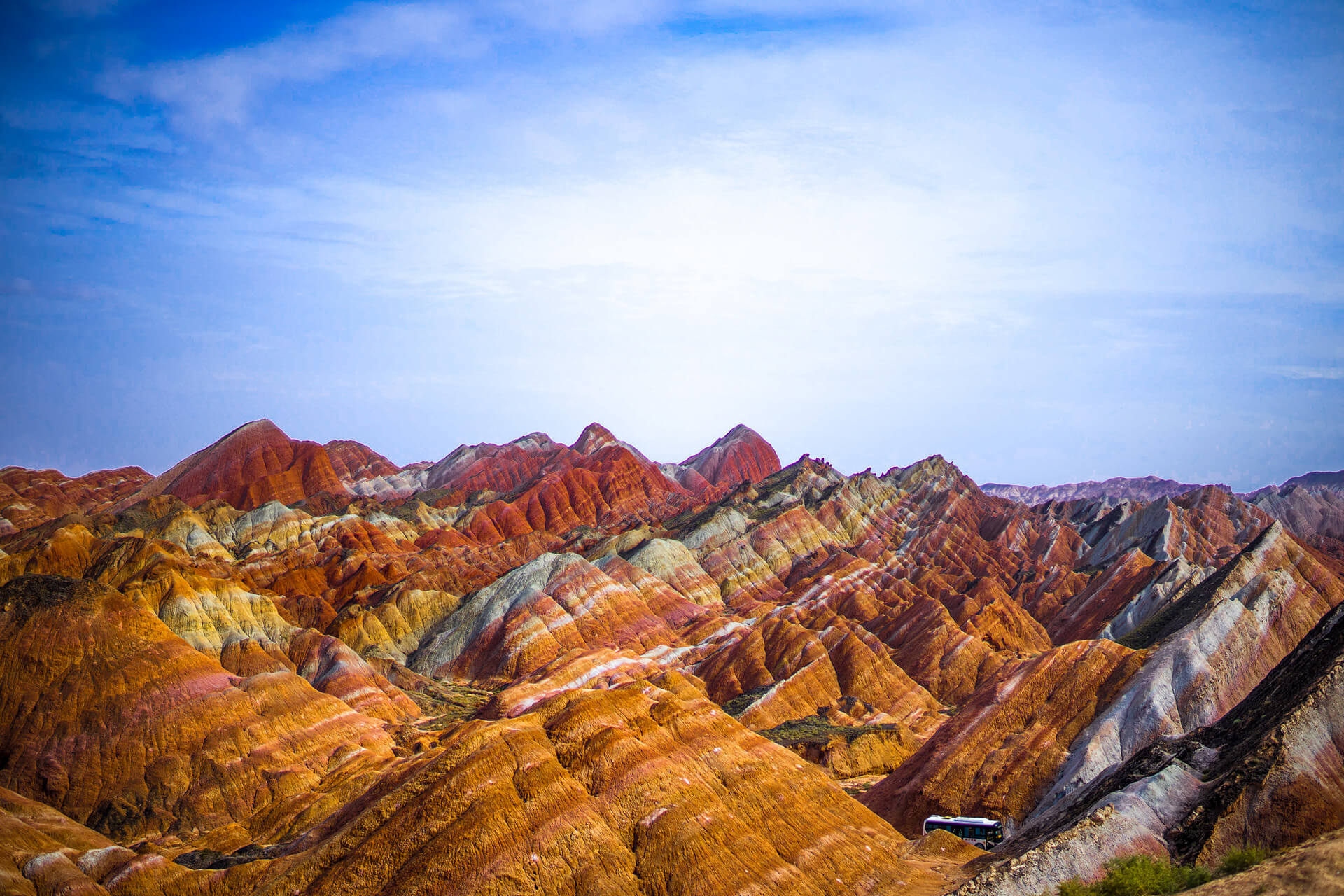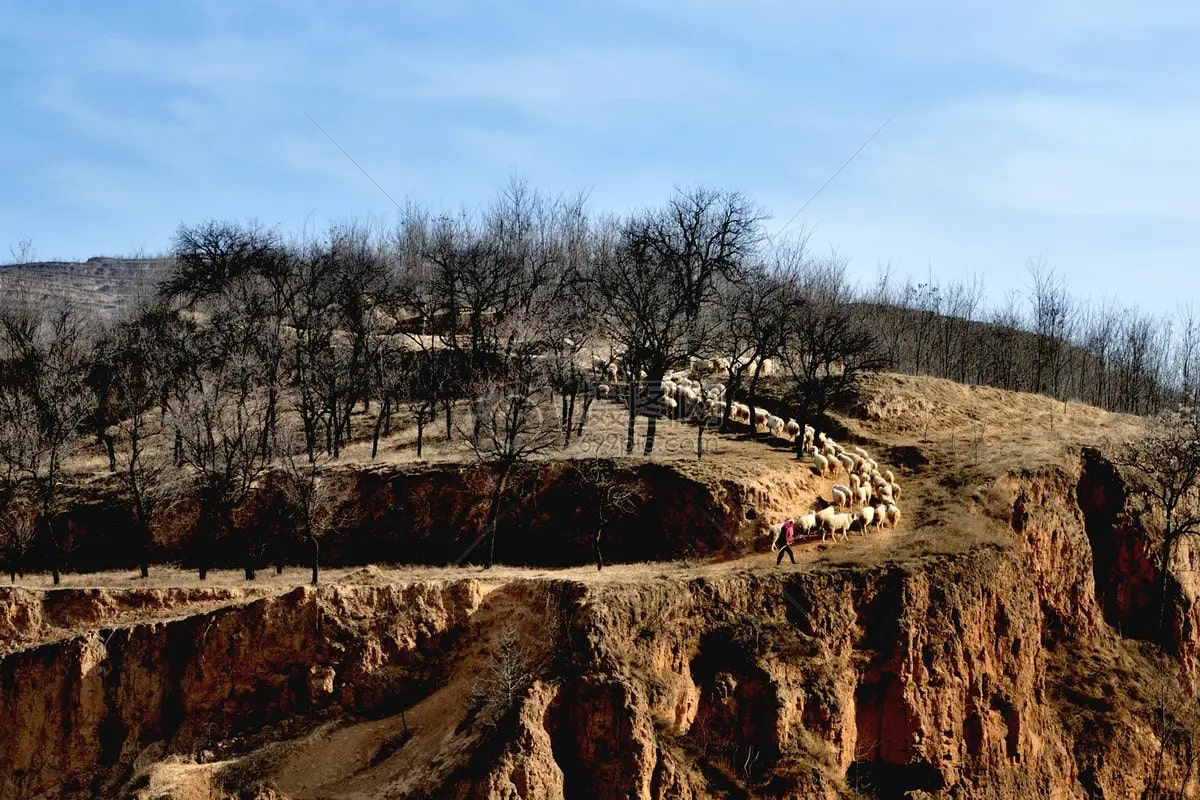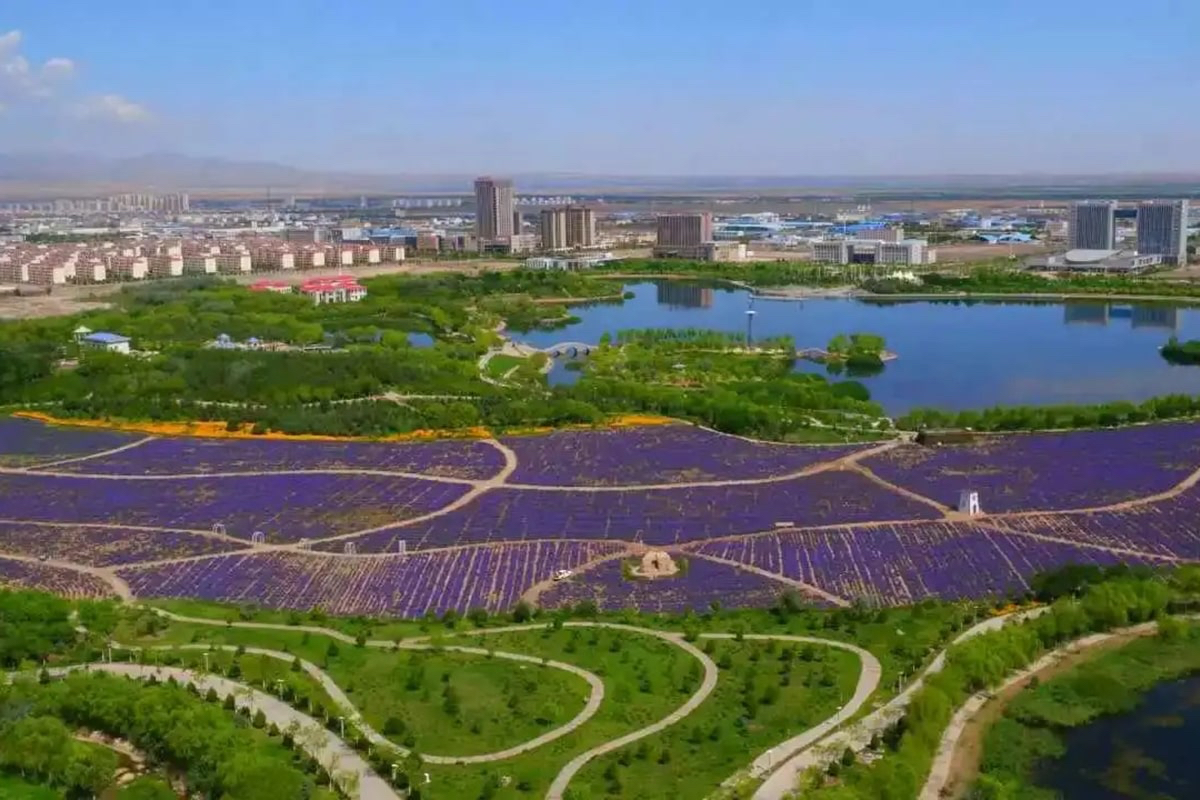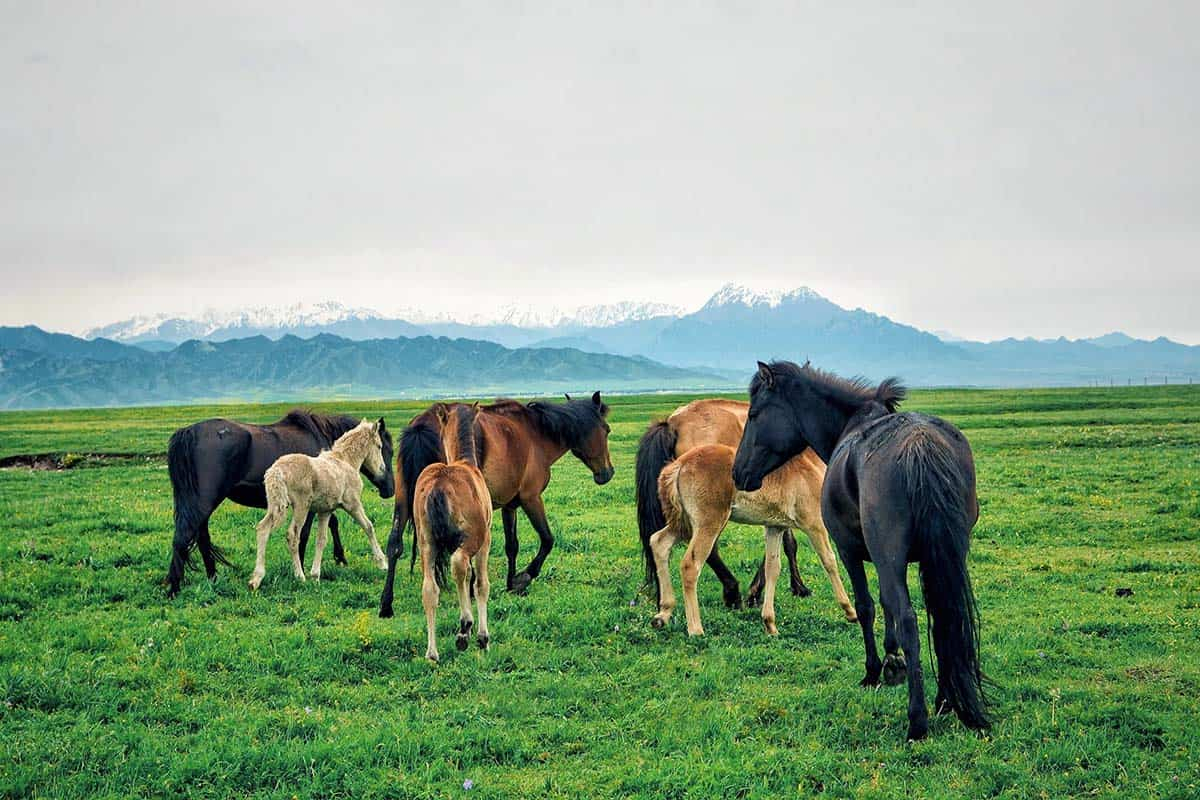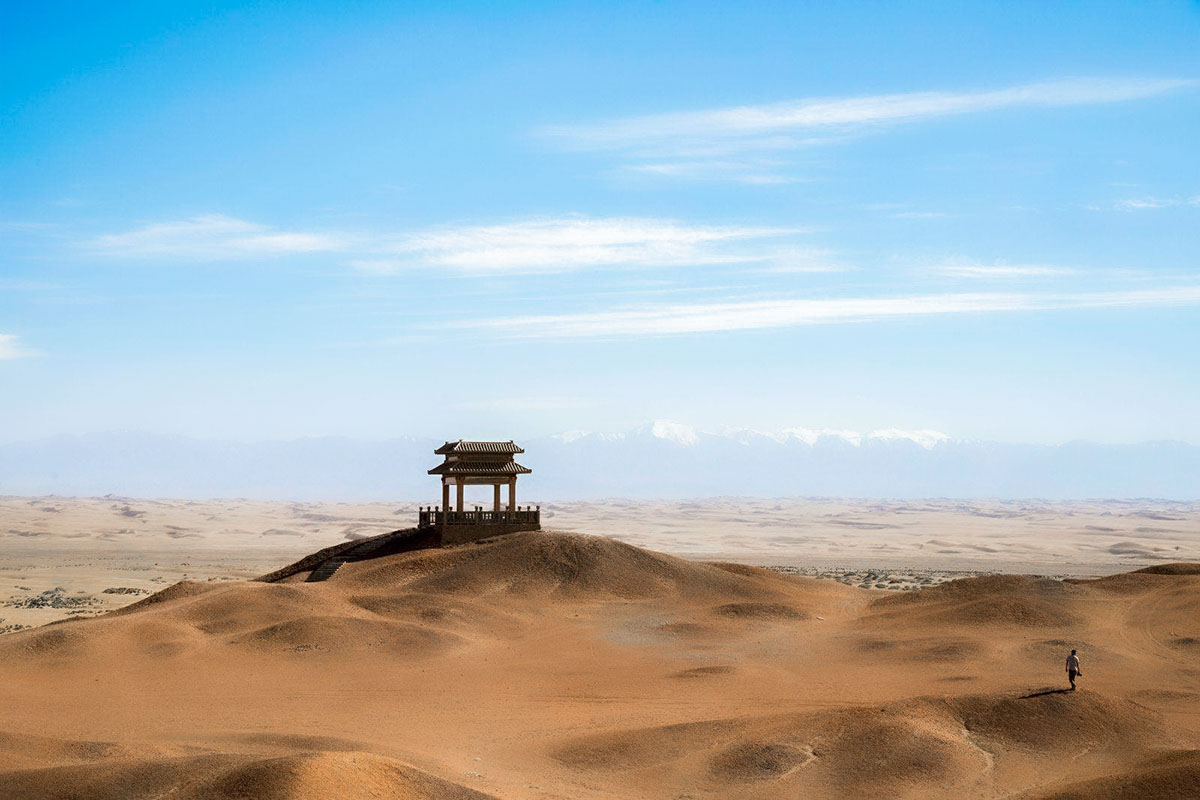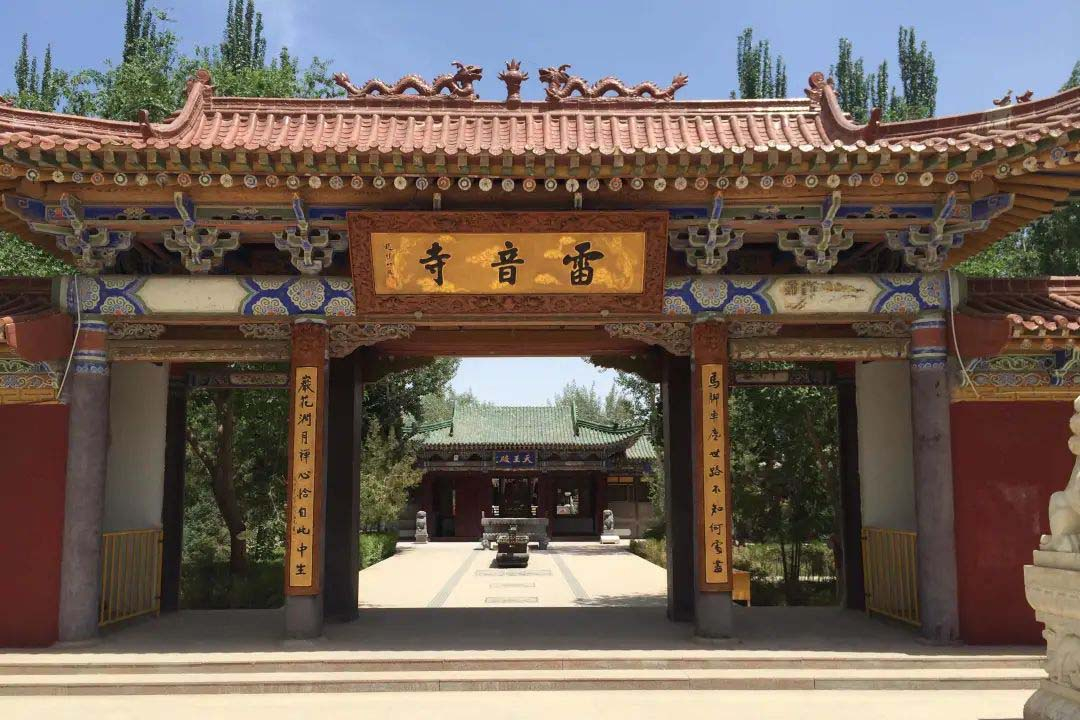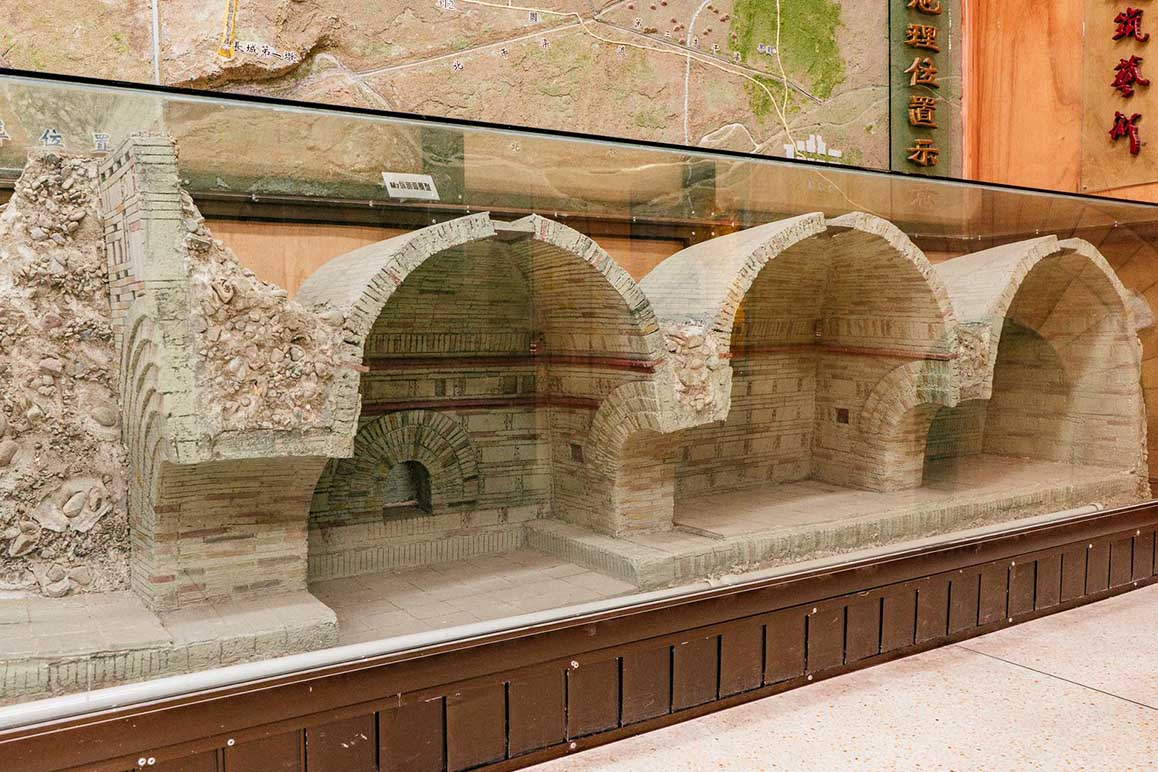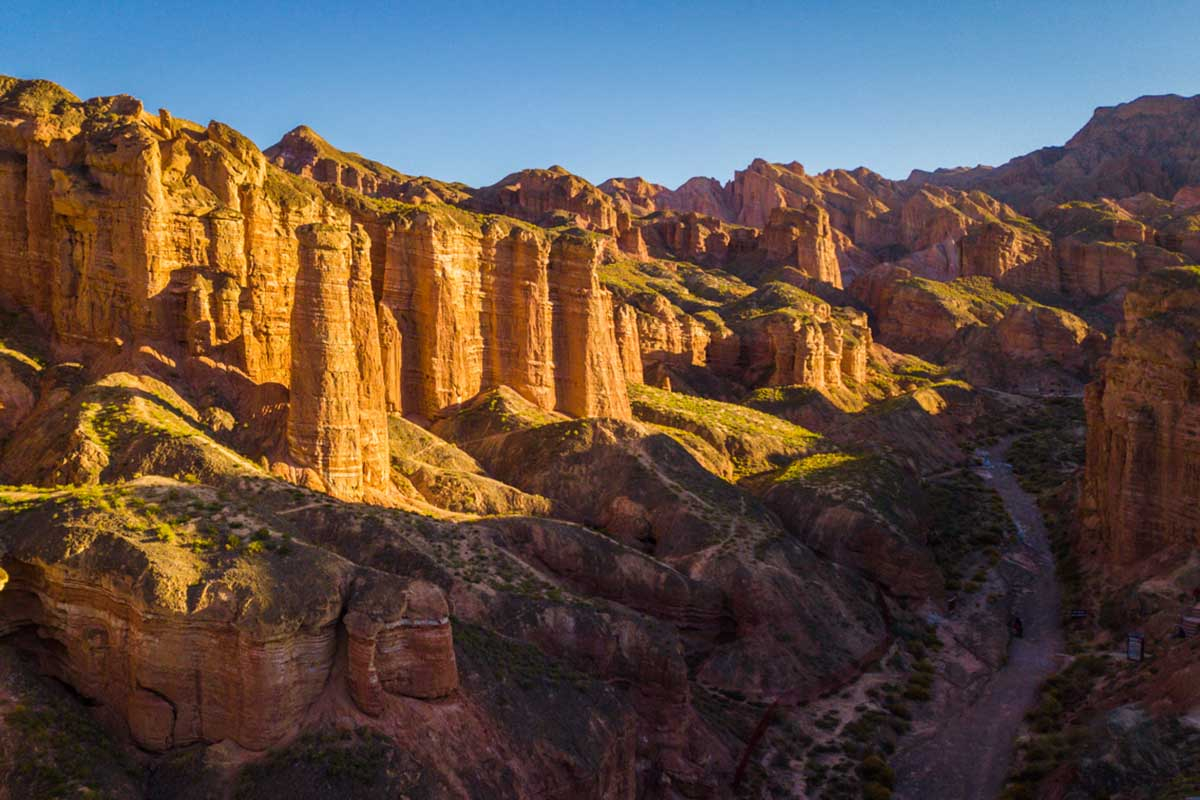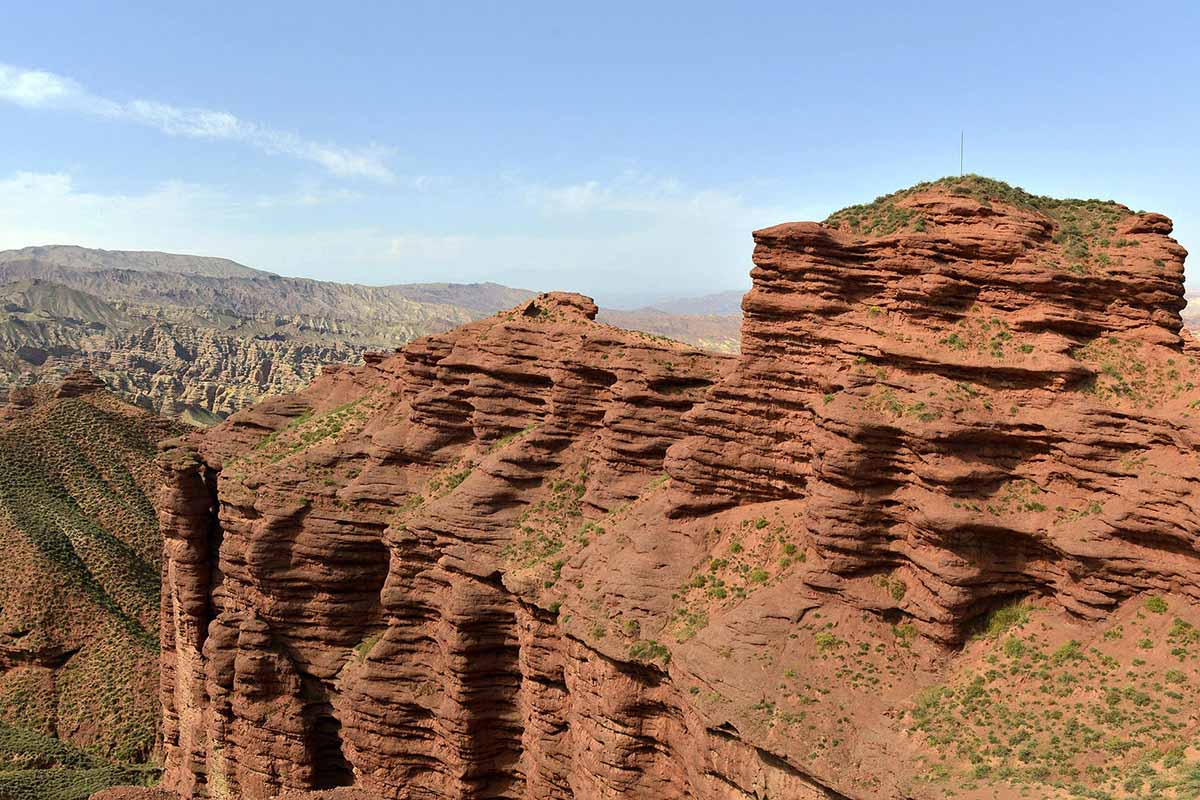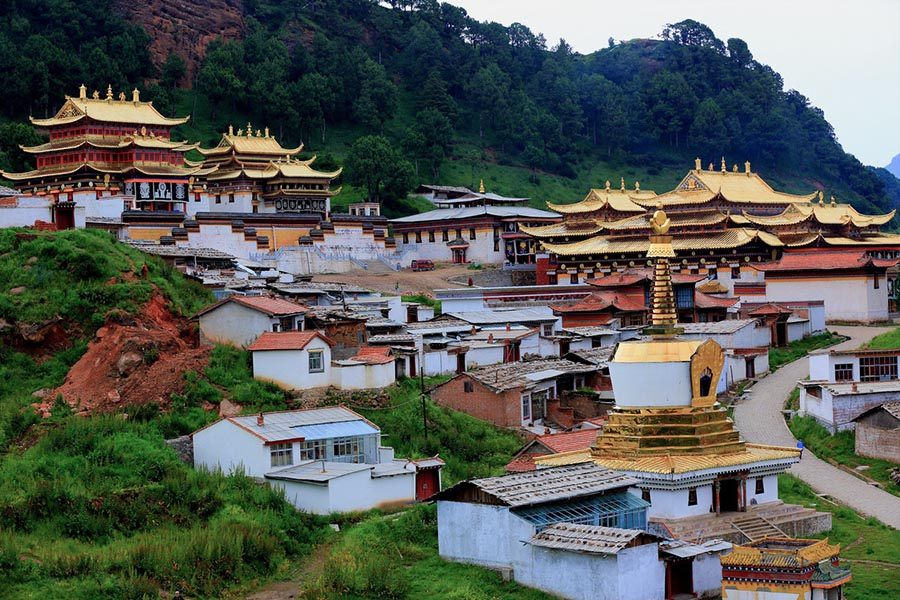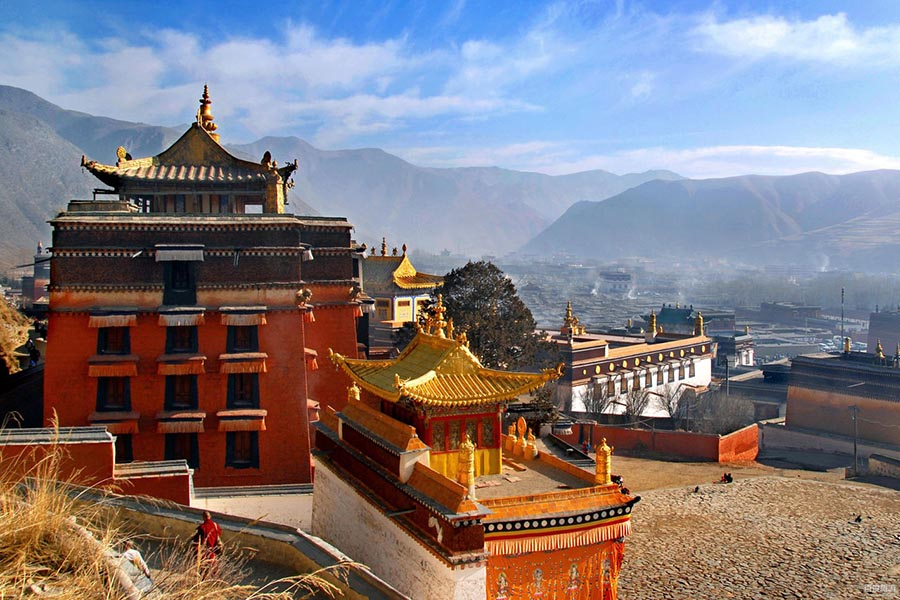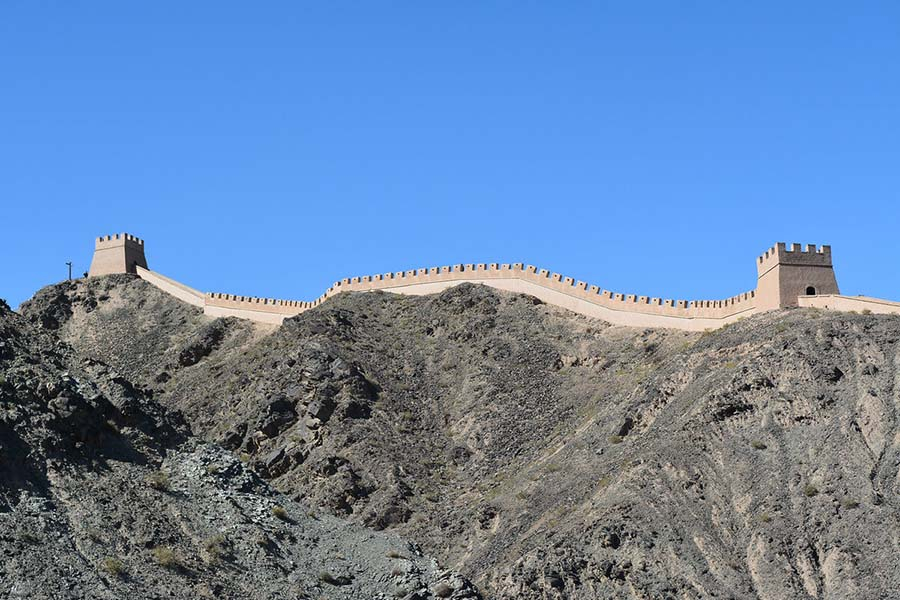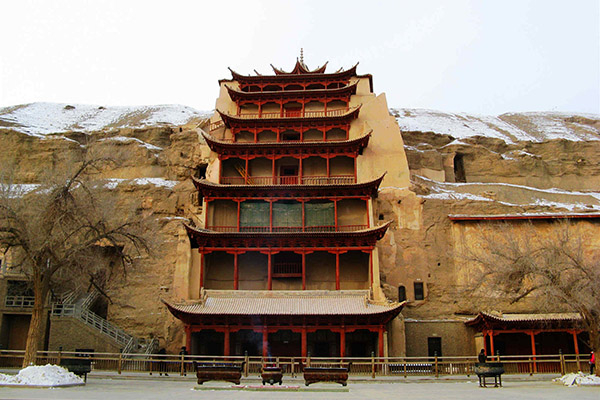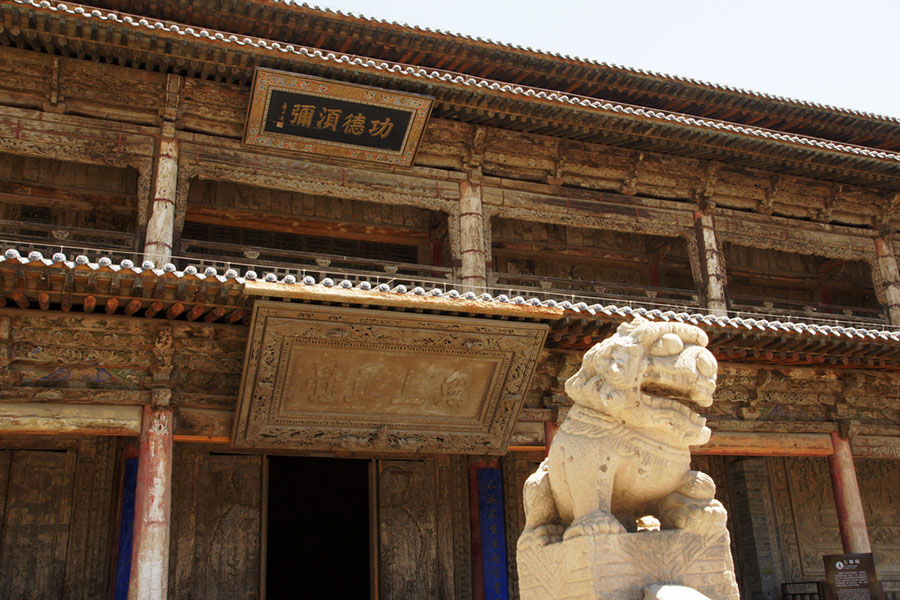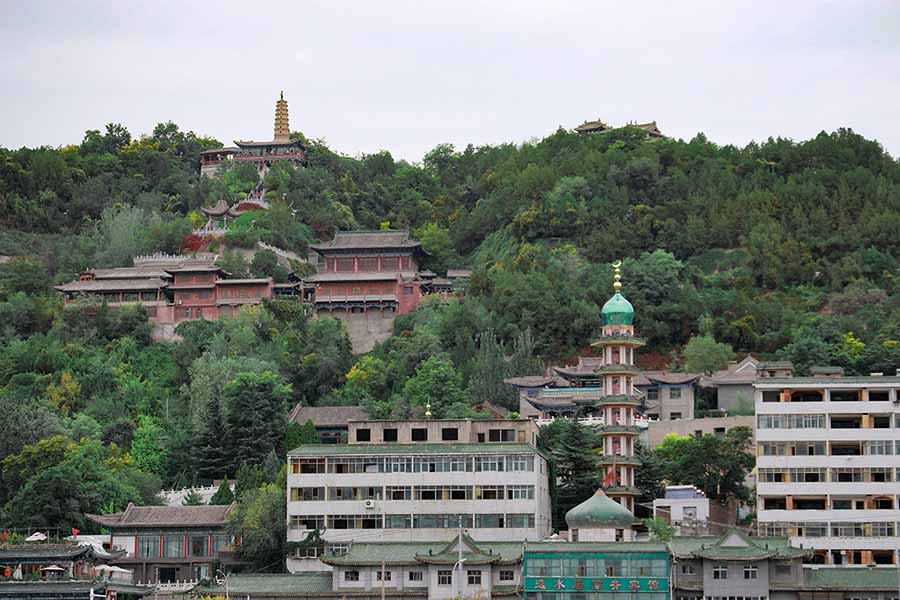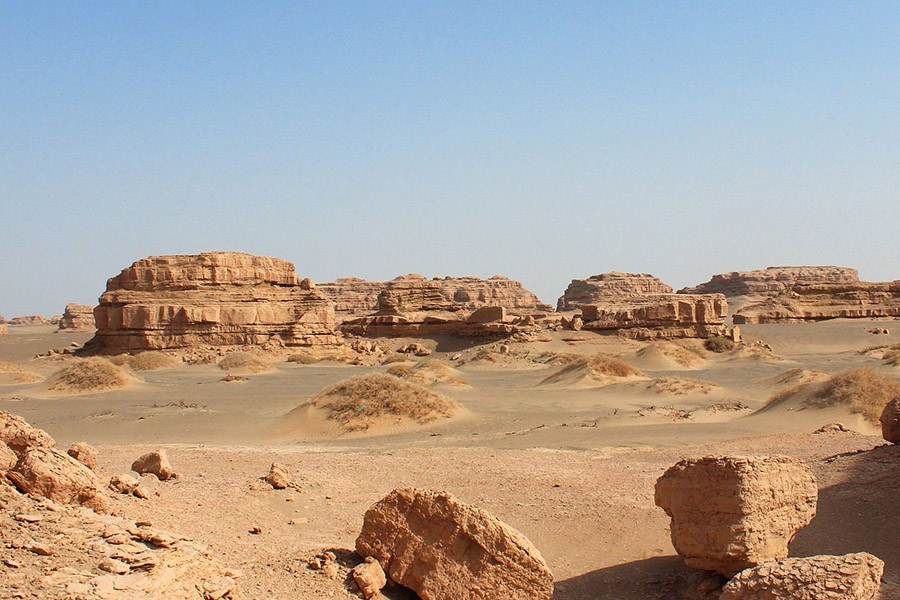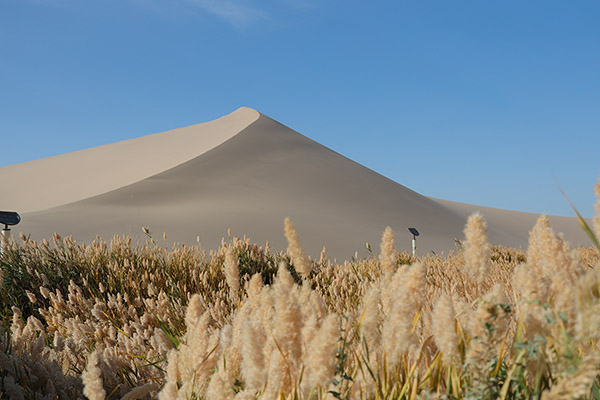Zhangye Danxia Landform Geological Park
Chinese name: 七彩丹霞地貌(Qi Cai Dan Xia Di Mao)
Location: Nantai Village, Nijiaying, Linze county, Zhangye, Gansu Province.(about 40km from Zhangye)
Ticket: Entrance ticket CNY55.00, sightseeing bus CNY20.00
Estimated tour time:2-3 hours
Recommended time to visit: Jun to Sep
Nearby attractions: Giant Buddha Temple, Qilian Zhuo er Mountain, Mati Temple, Zhangye Wetland Park, etc.
The park is located in the northern foothills of the Qilian Mountains, in the counties of Linze and Sunan, which are under the administration of the prefecture-level city of Zhangye, Gansu province. The main areas of Danxia landform are in Kangle and Baiyin townships.
The core area of the park, Linze Danxia Scenic Area, is located 30 kilometres west of downtown Zhangye.
Formerly a provincial park and scenic area, it became a national geopark in November 2011. Known for its colorful rock formations, it has been voted by Chinese media outlets as one of the most beautiful landforms in China.
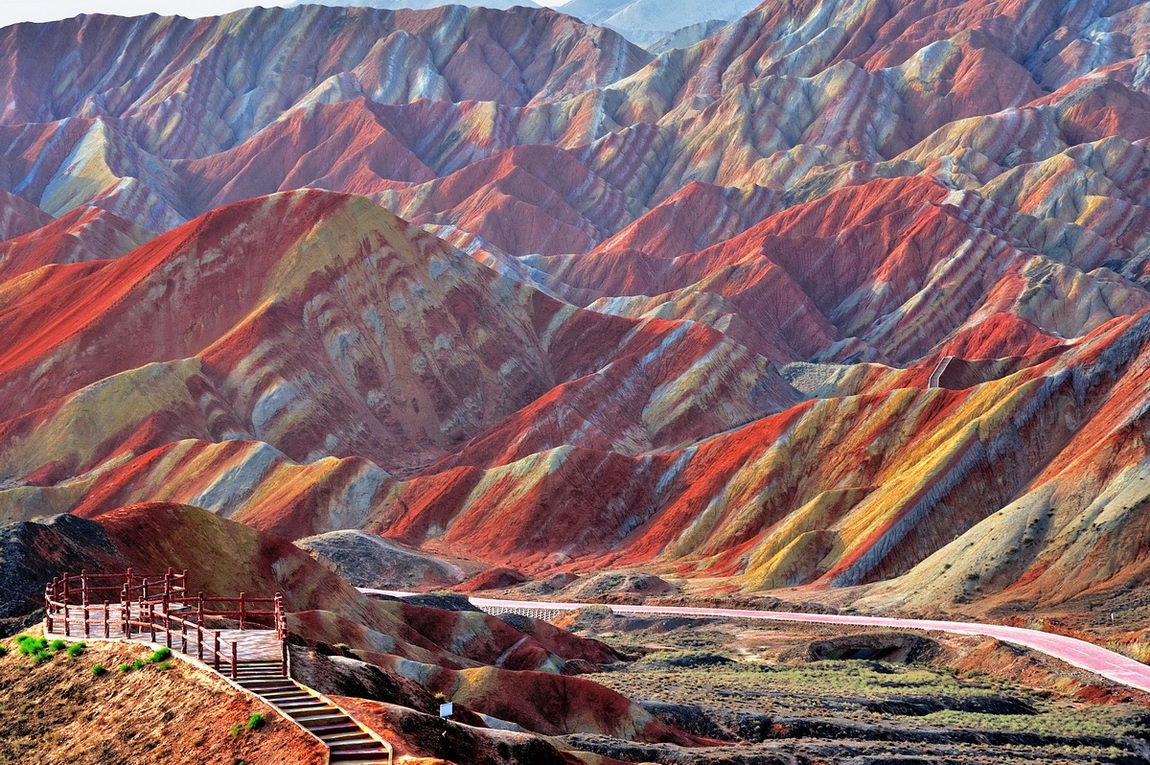
China Danxia is the name given in China to landscapes developed on continental red terrigenous sedimentary beds influenced by endogenous forces (including uplift) and exogenous forces (including weathering and erosion). The inscribed site comprises six areas found in the sub-tropical zone of south-west China.
Zhangye Danxia is known for the unusual colours of the rocks, which are smooth, sharp and several hundred meters tall. They are the result of deposits of sandstone and other minerals that occurred over 24 million years. The result, similar to a layer cake, is connected to the action of the same tectonic plates responsible for creating parts of the Himalayan mountains. Wind, rain, and time then sculpted extraordinary shapes, including towers, pillars, and ravines, with varying colours, patterns, and sizes.
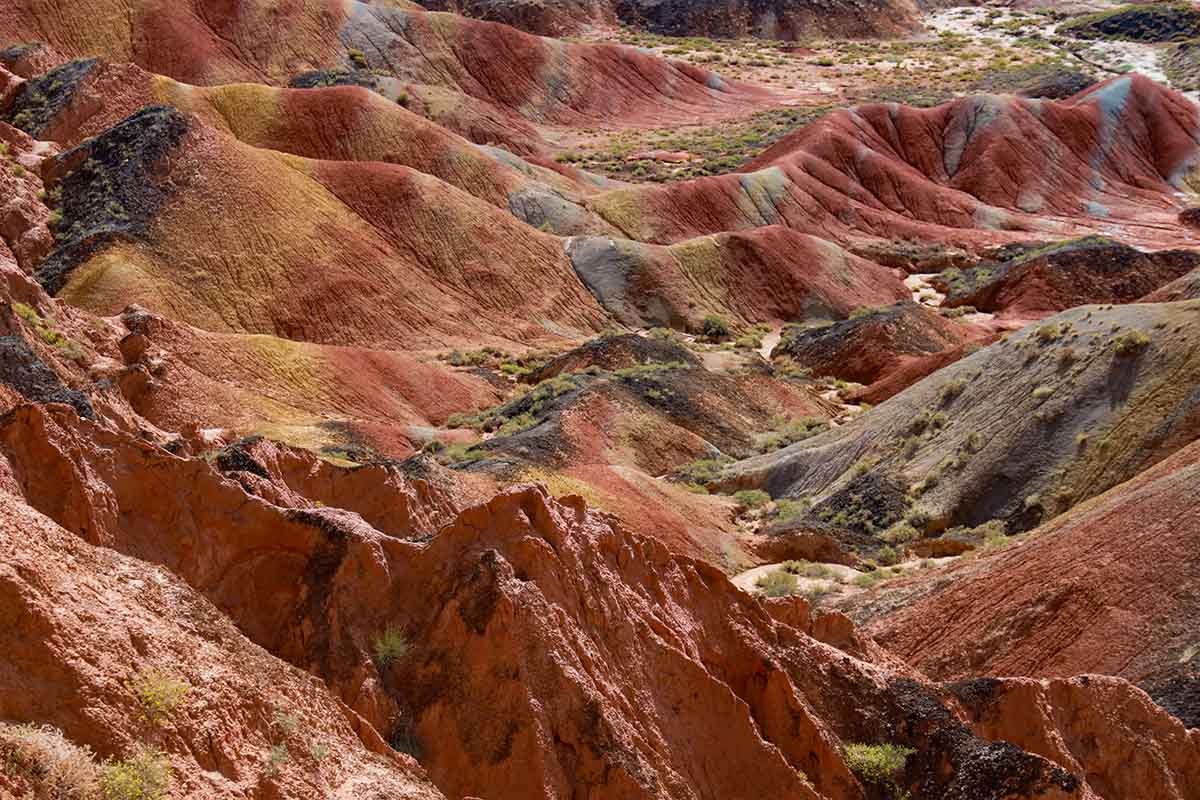
Zhangye ‘s Danxia was formed by the erosion of red sandstone, forming isolated peaks and steep stratified outcrops. Its special geological structure, combined with long-term desert conditions , freeze-thaw peeling, and wind and water erosion gave rise to its present appearance.
Geologists believe that Danxia topography is formed by folding of layered oceanic crust. Exposed slanting rock layers have different colors, textures, shapes, sizes, and patterns. The combination of differences in density and erosion create towering peaks, cave holes, and stone halls.
- HOTEST
- RECOMMEND
